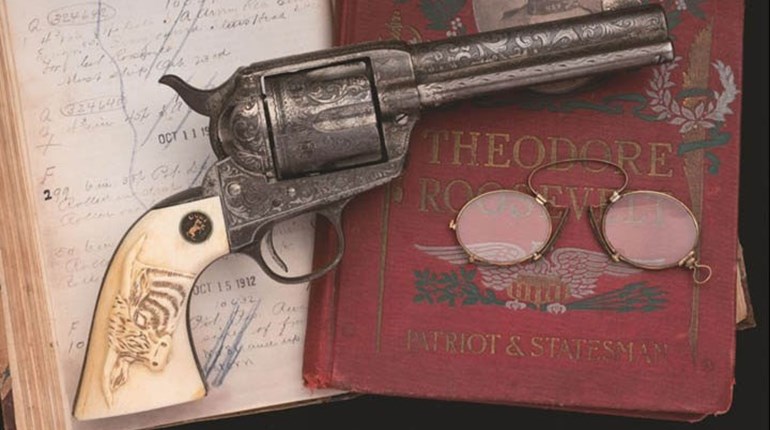
So, I'm going to admit up front that when I was asked to write a piece with some pointers for buying used semi-auto pistols, my very first thought was "How am I going to get an entire column out of 'Oh, just buy the thing and don't worry about it, you big baby'?" I mean, I have no idea how many pistols I've purchased over the years, but if as many as 10 of them weren't, um… "pre-owned," I'll eat my hat. Without salt.
But after giving it some thought, that's not entirely fair, because there are little tips and pointers I've used when combing through the trade-in shelves at my local gun store. A lot of it is based on things I learned taking guns in on trade at work, and I'm here to pass it on to you.
First, forget the line about "buying a used gun is buying somebody else's problems." While it's true that some guns get traded in because they didn't work, the vast, vast majority are because the owner was bored with them and wanted a new toy. The Blastomatic 2000 gets bought when it's on the cover of the magazine, taken to the range a couple times so its owner can show off the New Hotness to his buddies, and then languishes in the safe for six months until it gets traded in on the Blastomatic 3000, which is on the cover of the special SHOT Show issue.
When you are buying a used semi-auto, ask if you can field strip it or if the salesperson will field strip it for you. While most gun stores are justifiably wary of putting "shop wear" on brand new guns or high-grade collectibles, there's no reason they shouldn't let you look inside an average condition trade-in gun, and I'd be a little suspicious if they didn't. Inside the gun, you're looking for anything obviously out of place: Cracks in locking lugs or rails, visible chips out of the extractor claw, hold the barrel to the light and look for pits, that sort of thing.
Here's where brand-specific internet forums can come in handy. Sure, they're hives of rampant uncritical fanboy-ism, but they also tend to be homes to knowledgeable enthusiasts of the marque who will be up to speed on any issues that may pertain to the model in question. Going to blastomaticforum.com and typing "Blastomatic 2000 recall" or "Blastomatic 2000 upgrade" into the search box can yield a wealth of information. If you find out that back in 2008, they changed the ejector to a new one and the new ones are all stamped "-01", that's the sort of thing you can be checking for when you have the gun apart on the counter at the store.
Incidentally, this is an often-overlooked upside to used police service pistols. Everybody knows the old saw about how used law enforcement trade-ins are a great deal because, while they might show a bunch of cosmetic wear, they've rarely been shot all that much. A much bigger deal is that the police trade-ins have generally been maintained by a department armorer. If Blastomatic put out a technical service bulletin to replace recoil springs or whatever, it's fairly certain that those department guns got the springs replaced, for liability reasons if nothing else.
In short, if you're on a budget and you're willing to do a little bit of homework, buying a used gun can be a good way to save money. Don't be afraid of the "pre-owned" section at the store.



































